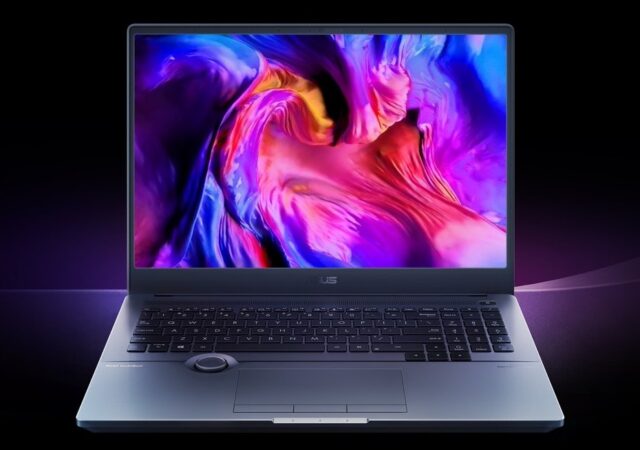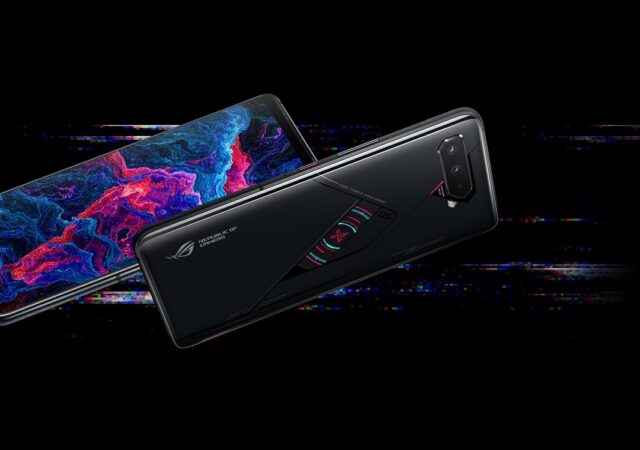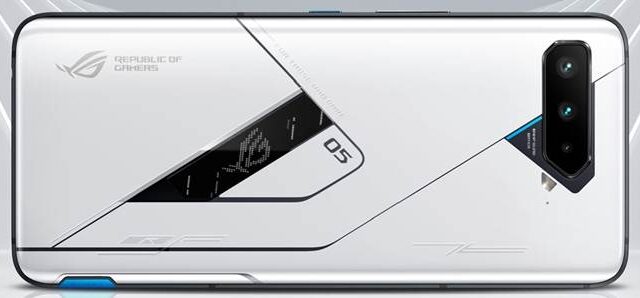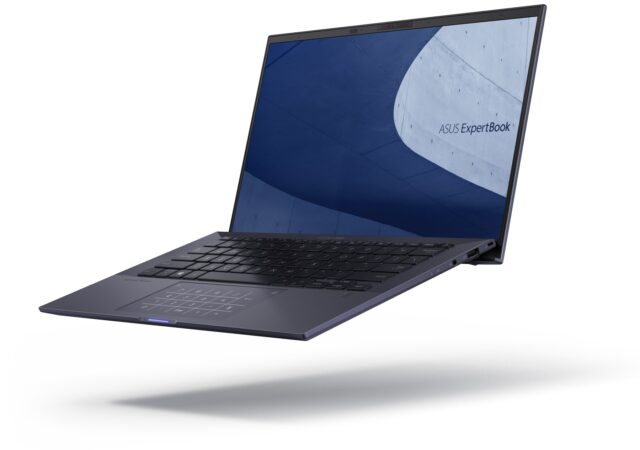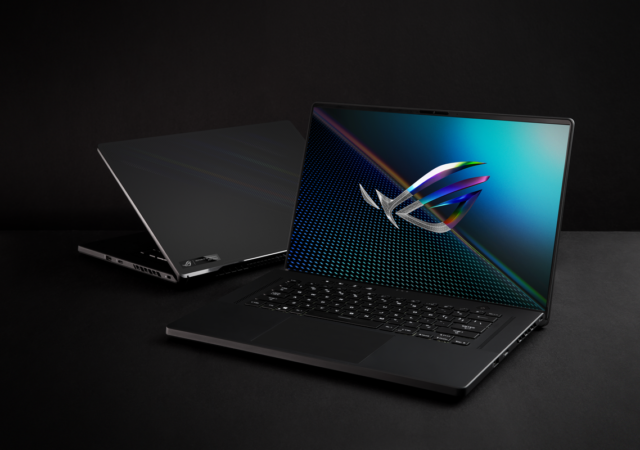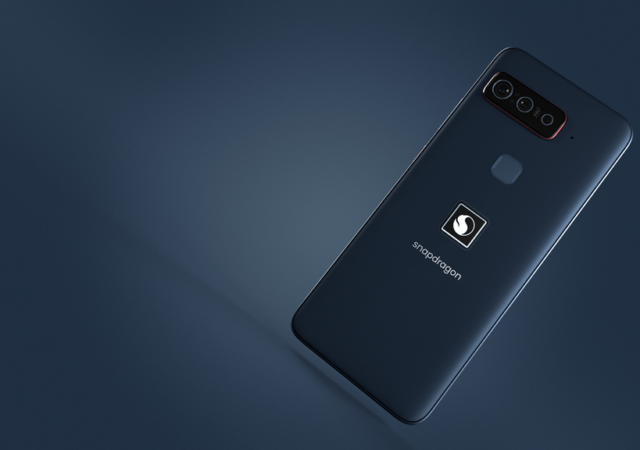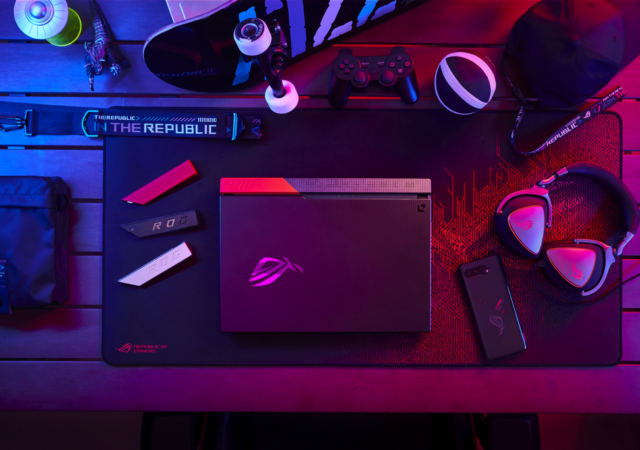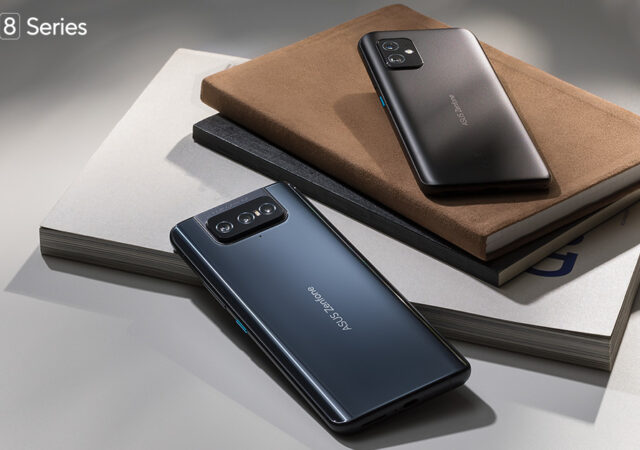ASUS launches the ROG Zephyrus G14 Alan Walker Special Edition gaming notebook PC in Malaysia for MYR 7,999.
ASUS Going All-In with OLED on the ProArt StudioBook 16 OLED and ProArt StudioBook Pro 16 OLED
ASUS announces the new ProArt StudioBook series with OLED displays, a middle mouse button, and a very clever ASUS Dial for creators.
Gaming Meets Music with ASUS ROG Zephyrus G14 Alan Walker Special Edition
ASUS releases the ROG Zephyrus G14 Alan Walker edition with an even more powerful AMD Ryzen 9 and NVIDIA GeForce RTX 30 series.
ASUS ROG Phone 5s – The ROG Phone 5, But Even More Powerful
ASUS has released the ROG Phone 5s with an upgraded Qualcomm Snapdragon 888+ 5G platform and 360Hz in touch sampling rate.
ASUS ROG Phone 5 Ultimate Officially Available in Malaysia – Pre-Order Starts 8thAugust!
ASUS finally releases the ROG Phone 5 Ultimate to the Malaysian market. Pre-orders start 8th of August 2021 at MYR 4,999.
ASUS Launches New ExpertBooks for Modern Experts
ASUS Launches the new premium line-up of ExpertBook laptops for professional business use with Intel’s 11th Gen processors.
ASUS ROG Zephyrus M16 Available in Malaysia!
ASUS announces the availability of the Intel Core i9 touting ROG Zephyrus M16 in Malaysia.
Qualcomm Teams Up with ASUS For the First Ever Qualcomm Phone
Qualcomm announces a new Snapdragon Insider Smartphone designed by ASUS to showcase its mobile platform.
[COMPUTEX 2021] ASUS Announces All AMD ROG Strix G15 & G17 Advantage Edition Laptops
AMD announced a slew of items at their COMPUTEX 2021 keynote. One of the many things that they announced was the AMD Advantage Design framework. In this framework, AMD has outlined certain criteria which they believe will provide gamers with…
ASUS Zenfone 8 & Zenfone 8 Flip Make Malaysian Debut
ASUS brings the latest Zenfone 8 series to Malaysia with a new approach to flagships with killer specifications and an unbeatable price.




